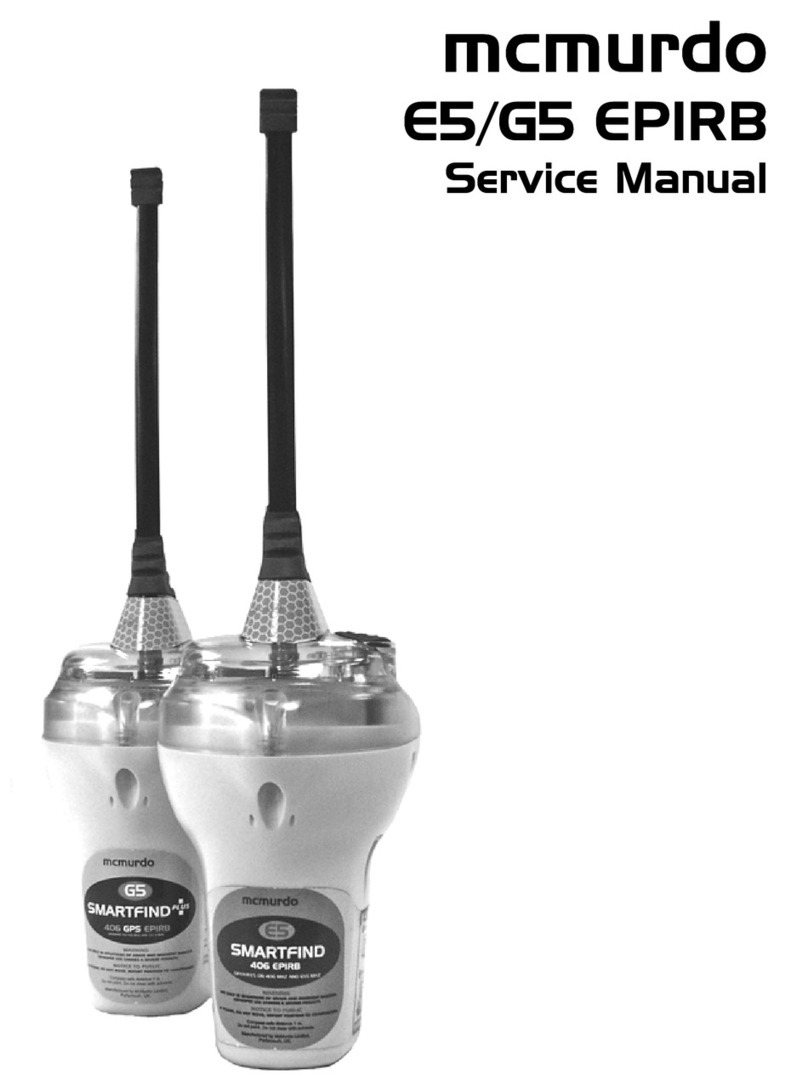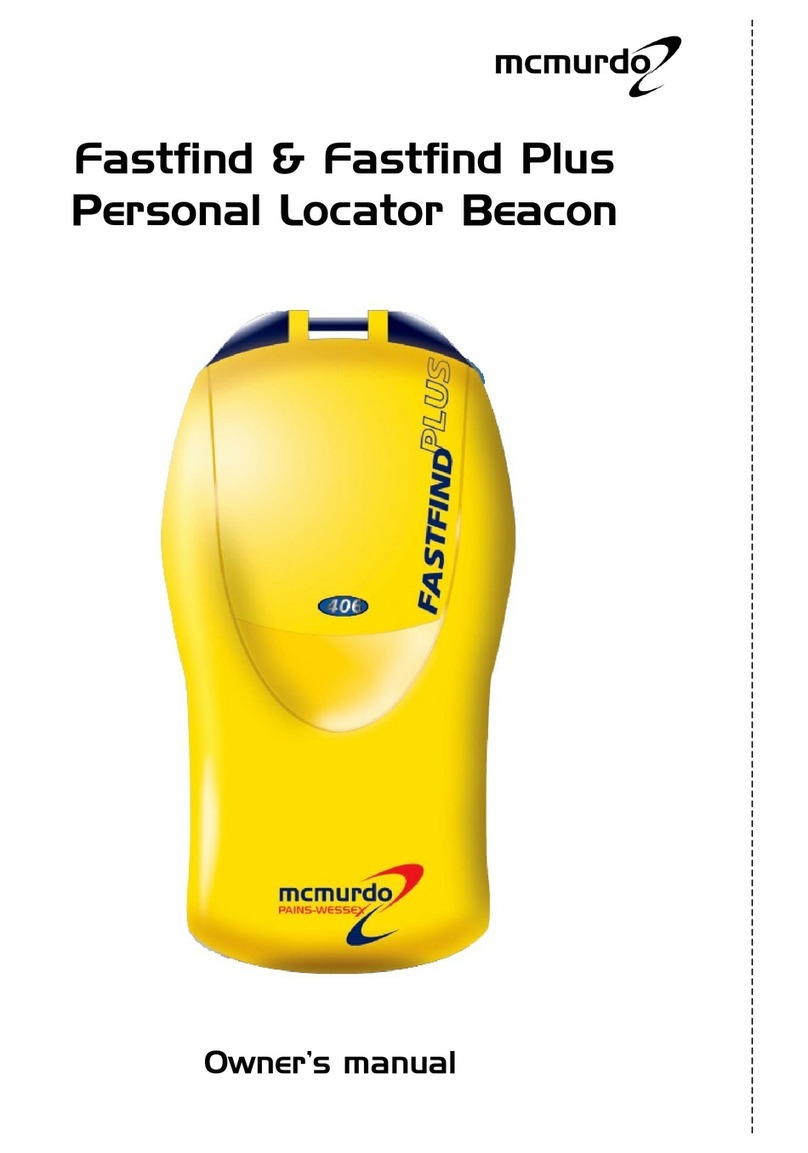Contents
1 Recommendations and safety notices ................................................................2
2 Mandatory Registration.........................................................................................3
2.1 Overview ...........................................................................................................................3
2.2 How to register ..................................................................................................................3
2.3 Warranty form....................................................................................................................4
2.4 Radio licence.....................................................................................................................4
2.5 Sale or transfer..................................................................................................................4
3 Description.............................................................................................................6
3.1 Bulkhead racket...............................................................................................................8
3.2 Float-free enclosure ..........................................................................................................9
4 Controls................................................................................................................10
4.1 Activation switch..............................................................................................................10
4.2 TEST utton ....................................................................................................................10
4.3 Sea switch .......................................................................................................................10
4.4 LEDs................................................................................................................................10
4.5 Buzzer .............................................................................................................................11
5 Operating procedure ...........................................................................................12
5.1 Sinking.............................................................................................................................12
5.2 A andon ship ..................................................................................................................12
5.3 GPS Operation (Smartfind Plus only)..............................................................................12
5.4 Releasing EPIRB from a ulkhead racket.....................................................................15
5.5 Releasing EPIRB from an enclosure...............................................................................16
5.6 Manual activation ............................................................................................................16
5.7 Deactivation.....................................................................................................................17
5.8 Re-fitting EPIRB ..............................................................................................................17
6 False alerts...........................................................................................................21
6.1 Stand down rescue services ...........................................................................................21
6.2 Turn off the EPIRB ..........................................................................................................21
6.3 Dealing with a transmitting EPIRB ..................................................................................22
7 Fully disabling an EPIRB ....................................................................................23
8 Bulkhead bracket installation.............................................................................24
8.1 Siting ...............................................................................................................................24
8.2 Mounting procedure ........................................................................................................24
9 Enclosure installation .........................................................................................26
9.1 Siting ...............................................................................................................................26
9.2 Mounting procedure ........................................................................................................26
9.3 Mounting instruction plate ...............................................................................................27
9.4 Marking Hydrostatic Release Unit (HRU) expiry .............................................................27
9.5 Marking vessel name ......................................................................................................28
10 Maintenance.........................................................................................................29
10.1 Self Test & inspection......................................................................................................29
10.2 Mechanical inspection.....................................................................................................31
10.3 HRU replacement............................................................................................................32
10.4 Battery replacement ........................................................................................................33
10.5 Servicing..........................................................................................................................33
10.6 Transportation .................................................................................................................33
10.7 GMDSS inspections ........................................................................................................34
11 How does it work?...............................................................................................35
12 Technical specification .......................................................................................36
12.1 Declarations of Conformity ..............................................................................................37





























